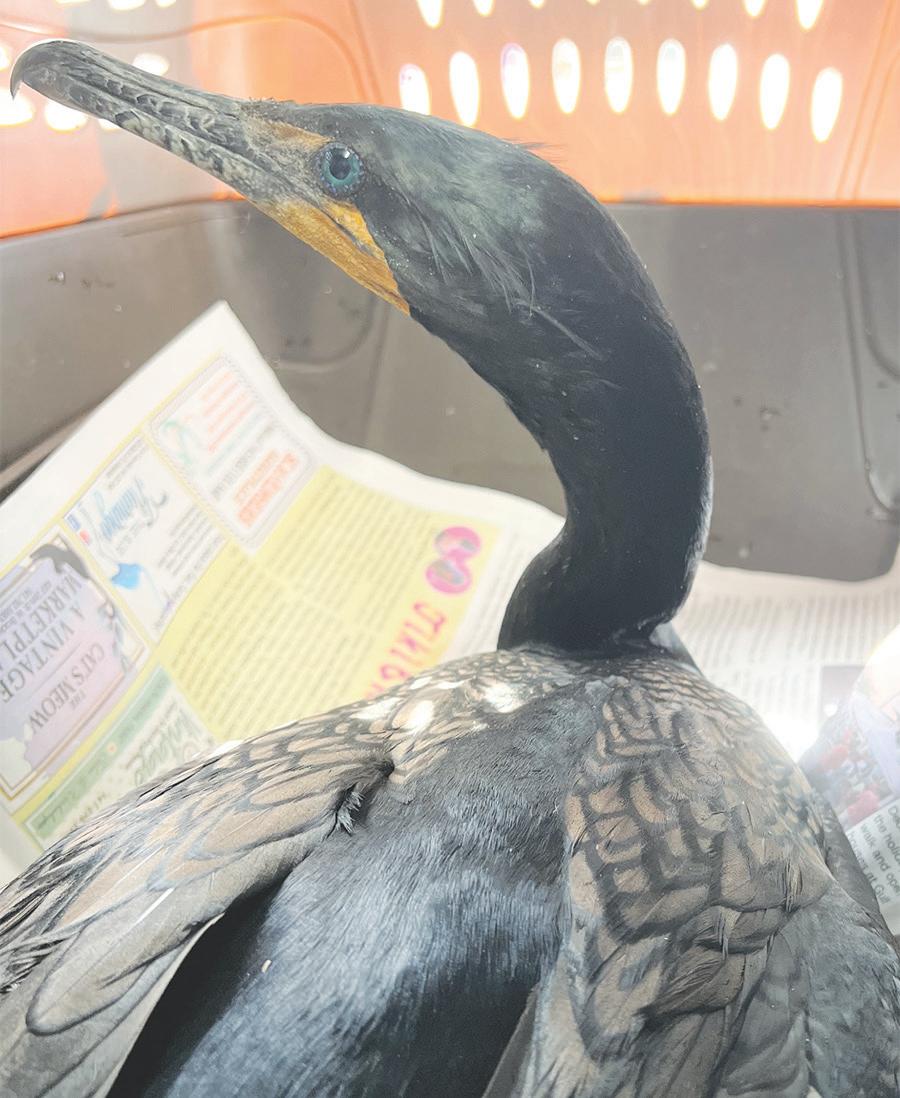
1 minute read
BIRDS: Feeling effects of red tide
FROM PAGE 12 dridge offers the following tips to coexist with birds commonly seen this time of year.
“Let them eat the food they are meant to eat - fish, invertebrates, insects… not bread or Cheetos,” Doddridge wrote in an email to The Sun. “If birds are resting on the beach, leave them alone. Walk around them rather than run through the flock. They are resting and may be malnourished due to red tide.”
Doddridge also reminded beachgoers to dispose of trash properly.
“Plastic straws and can collars can injure birds,” she said.

Doddridge suggested learning more about the birds you see on the beach by visiting allaboutbirds.org and joining the local Audubon Society.
Birds commonly seen locally:
• Wintering gulls - ring-billed, lesser black-backed and herring;
• Terns - royal, sandwich, Forster’s and common;
• Shorebirds - willet, ruddy turnstone, black-bellied plover, sanderling;
• Egrets and herons - great egret, snowy egret, reddish egret, great blue heron, little blue heron, yellow-crowned night heron, tri-colored heron;

• Swallows - barn and tree;
• Raptors - osprey, bald eagle.










